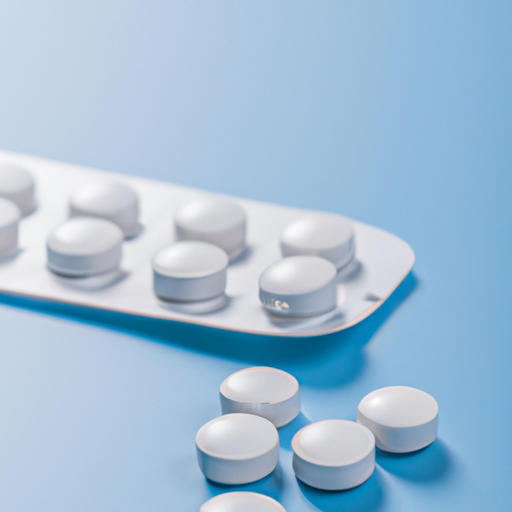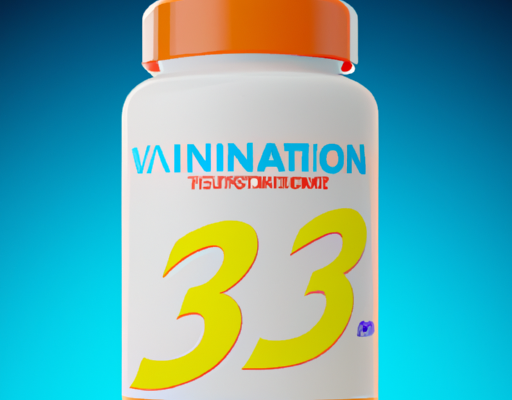Definition of dermatosis
Dermatosis is a general term for any skin disorder or abnormality. Common examples include eczema, psoriasis, rosacea, acne, and hives. It can also refer to any abnormal skin condition that has no known cause. Dermatosis affects people of all ages but is especially common among teenagers, pregnant women, and the elderly. While some forms of dermatosis can cause discomfort and minor aesthetic issues, others can lead to more serious complications. Therefore, dermatosis requires prompt medical attention. Early diagnosis and treatment can reduce the risk of long-term complications or recurrences.
Overview of common causes
Dermatosis is a term used to describe a wide range of skin conditions. They can affect people of all ages and can be caused by a variety of factors. Common causes of dermatosis include:
- Bacterial or fungal infections
- Allergies and skin reactions
- Exposure to environmental toxins
- Genetic factors
- Autoimmune disorders
- Nutritional deficiencies
It is important to consult a healthcare professional if you experience any skin issues to properly diagnose and treat the condition. With the right care, most dermatosis can be effectively managed.
Treatment options
Dermatosis is a general term used to describe skin conditions, including inflammation, infection, and tumors. There are various types of dermatoses, including allergic reactions, autoimmune reactions, and infectious diseases. Treatment options for dermatosis vary depending on the type and the severity of the condition.
Here are some of the common treatment options for dermatosis:
- Topical medications, such as corticosteroids, retinoids, and antibiotics
- Oral medications, such as antihistamines, immunosuppressants, and antifungals
- Light therapy
- Surgery for skin tumors or lesions
- Cryotherapy for warts and other skin growths
- Laser therapy for acne and wrinkles
It is important to consult your doctor to determine the best treatment option for your individual situation. Depending on the cause, your doctor may recommend a combination of treatments to help manage your symptoms.
Prevention methods
In order to prevent dermatosis, it is important to be aware of the causes and risk factors and take steps to mitigate them. Common risk factors like excessive sun exposure and smoking can be avoided, and wearing proper clothing is important to protect from the sun. Improving overall health can also help to ward off dermatosis, as maintaining a healthy diet, exercising, and getting enough sleep all contribute to better skin health. Other risk factors can also be managed through protective treatments like vaccines and medications. In some cases, a dermatologist may be consulted to diagnose underlying health issues and prevent any flare-ups before they develop. Taking these precautions and staying informed about potential triggers can help to minimize the risk of developing dermatosis.
Managing symptoms
Managing the symptoms of dermatosis requires a person to practice healthy habits and lifestyle. Getting adequate sleep and exercise can help boost overall wellbeing, which can help reduce symptoms of dermatosis. Eating a balanced diet full of vitamins and minerals can also help to improve the skin’s overall health. Additionally, applying moisturizers and creams regularly can help to keep the skin hydrated and reduce inflammation. A person should talk to a doctor before using over-the-counter products and medications. To reduce the risk of infection, it is important to keep the skin clean and dry. It may also help to use mild soaps and avoid lotions, oils, and deodorants that can lead to irritation. Additionally, product selection and skin care should be tailored to the type and location of dermatosis as well as its severity.
At-home remedies
Dermatitis can cause a great deal of skin inflammation and itchiness. Luckily, there are some at-home remedies that can be used to help reduce symptoms and discomfort. Below is a list of the top at-home treatments for dermatitis:
- Coconut oil – Apply coconut oil to the affected area a few times a day to help reduce inflammation and itchiness.
- Oatmeal bath – Add 2-3 cups of uncooked oatmeal to a bath and soak for 15-20 minutes, which can help soothe skin and reduce irritation.
- Aloe vera gel – Applying aloe vera gel has been known to reduce redness and help skin heal quickly.
- Wet wrap – Use wet wraps with either coconut oil, oatmeal paste, or petroleum jelly to help soothe the skin and prevent further irritation.
- Use a humidifier – When the air is too dry, it can dry out your skin more, so adding a humidifier to the room can help keep your skin hydrated and reduce symptoms.
Using these home remedies can greatly reduce the symptoms of dermatitis, but if the symptoms persists, it is important to see a doctor.
When to see a doctor
When it comes to skin health, it’s important to understand when to see a doctor. If you have any abnormal skin patches that appear to be changing in size, shape, texture or color, you should make an appointment with your doctor. It’s also a good idea to see a doctor if you experience any itching, burning, or pain in the affected area. In some cases, you may need to take a biopsy of the affected area to help diagnose the issue. If the dermatosis is caused by an infection or a virus, your doctor may recommend medications or other treatments to help reduce the symptoms.





No Comments